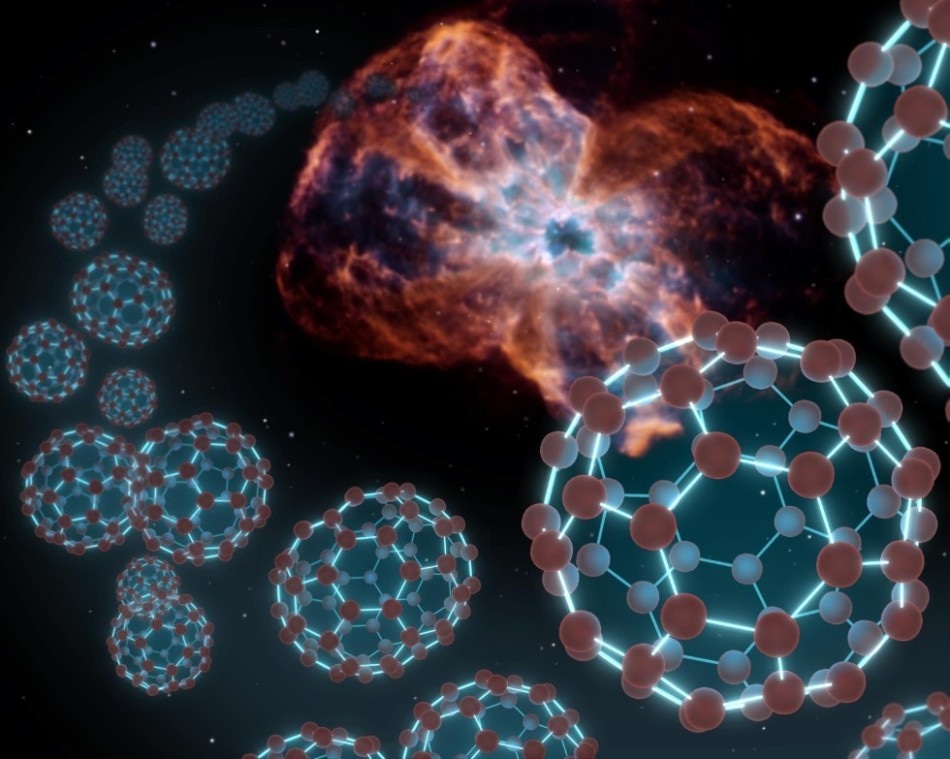Jan 31 2018
Harry Kroto was the first to discover fullerenes in the 1970s - an achievement for which he and his co-researchers Robert Curl and Richard Smalley earned a Nobel Prize in Chemistry. Recently, the presence of fullerenes has been found in the interstellar medium and in winds emitted by red giants.
 Currently, materials based on spherical carbon nanostructures can cost up to 150 million USD per 1 gram. (Image credit: Kazan Federal University)
Currently, materials based on spherical carbon nanostructures can cost up to 150 million USD per 1 gram. (Image credit: Kazan Federal University)
Fullerenes, which are very potent antioxidants, are used in antiviral medications. Fullerenes possessing anti-HIV properties have also been reported. In addition, fullerenes find use as semiconductors and even as high-temperature superconductors if they are decorated with alkali metal atoms. The field of applications for fullerenes is constantly growing and there is ongoing research to determine methods of mass production. Until now, fullerenes were produced in near-gram quantities. The graphite electrode arc process is one of the more widely used methods for fullerene production. It is hypothesized that low-density fullerenes can be produced in other, unknown ways under deep vacuum conditions.
A team of astronomers is currently involved in studies of fullerenes in the interstellar medium. The research team includes Gennady Valyavin (Special Astrophysical Observatory of the Russian Academy of Sciences), KFU alumni Gazinur Galazutdinov (Catholic University of the North, Chile) and current KFU employee, Associate Professor at the Department of Astronomy and Space, Geodesy Vladislav Shimansky. The researchers have reported their results in a recent paper published in the Monthly Notices of the Royal Astronomical Society journal.
The nearest interstellar clouds with confirmed presence of fullerenes are nearly 1,000 light years away from the Earth. The VLT telescope in Chile, which is considered as one of the largest telescopes in the world, provided the electromagnetic spectra of 19 distant stars. The authors discovered fullerenes which left traces. i.e., absorption lines at certain frequencies.
We know for sure which frequencies have lines of fullerenes, but the main difficulty is to separate the interstellar medium spectrum from the star spectrum. That's why we can obtain fullerene lines by 'subtracting' star spectra from the existing spectrum, and that's a complicated process. Firstly, we discovered some parameters of stars, and some of these stars are unique objects.
We compare fullerene-bearing clouds with non-fullerene clouds to find out which environmental parameters capacitate the formation of such molecules. In our research, we found that in some clouds the molecules are in an excited state, and in some, they are not. This leads us to believe that the ways of their formation are different.
Dr Geodesy Vladislav Shimansky